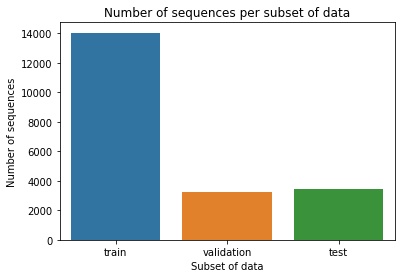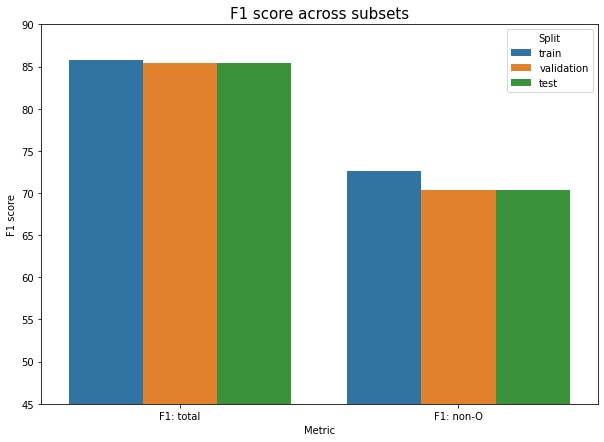Named Entity Recognition in PyTorch using Transformers 💻💥
Quick Intro
This is an implementation of Named Entity Recognition model in PyTorch.
For traning CoNLL2003 dataset was used. Dataset was acquired by leveraging the HuggingFace datasets API.
This repo contains custom implementation of the attention mechanism. Using the PyTorch built-in Transformer encoder is a viable option, I just implemented this as practice. 🧐
Table of Contents:
Problem Formulation
Named Entity Recognition is an NLP problem in which we have a body of text (example: a sentence) and we try to classify if each word/subword of this input sequence represents a Named Entity.
This can be further expanded by also trying to predict not only if an input token is a named entity, but also to which class that named entity belongs to. For example: a person, name of the city etc.
An example for this would be:
Dataset
CoNLL2003 is one of the standard datasets used in the area of named entity recognition.
Dataset split
The dataset is originaly split into train, validation and test subsets.
Labels
Each sample in the dataset is defined by input sequence and labels for each element of the sequence. These labels fall into 9 different categories.
These categories can be described by the following list:
- NULL - not an entity
- PER - Person
- ORG - Organization
- LOC - A location
- MISC
We also need to consider that some entities consist out of more than one token. For example New York. Therefore each of categories defined above (besides NULL), is split into two subcategories, which carry the same name as the original category with prefixes B and I. Example: LOC ➡ B-LOC & I-LOC.
Below we can see the distribution of classes in the training set. As we can see the dataset is highly unbalanced. The situation is similar for the other two subsets as well.
Architecture
Model used in this implementation is the Encoder part of the famous Transformer architecture
This repo contains custom implementation of the self-attention mechanism originally presented in the "Attention is All You Need" paper by Vaswani et al
Using the Transformer Encoder module implemented in PyTorch is a viable and a high quality option. I implemented this from scratch for practice purposes.
The architecture contains some modifications which were implemented since they improved the performance.
Model Performance
Due to the dataset being highly unbalanced F1 score was used as a primary metric for model evaluation.
Since majority of the dataset tokens belongs to the O class which corresponds to the non-named entity model performance was evalauted in two ways.
Performance comparison is given below for each of three subsets, on two slices of data:
- All input tokens
- Named Entity tokens i.e. tokens which belong to classes which aren't O class.
We can see the problem difficulty illustrated in the bar plot shown above. Model is having tough time maintaining generalization power to due to dataset being highly imbalanced. We can see that the gap between training set and validation and test sets is smaller in the case when we use all of the tokens.
Setup and Instructions
- Open Anaconda Prompt and navigate to the directory of this repo by using:
cd PATH_TO_THIS_REPO - Execute
conda env create -f environment.ymlThis will set up an environment with all necessary dependencies. - Activate previously created environment by executing:
conda activate ner-pytorch - Download GloVe embeddings from the following link. Choose the one marked as "glove.6B.zip"
- In the configuration file modify the
glove_direntry and change it to the path to directory where you have previoulsy downloaded the GloVe embeddings. - Run
python prepare_dataset.py. This will perform the following steps:- Download the CoNLL2003 dataset using the HuggingFace dataset API
- Process train, validation and test subsets and save them to
datasetdirectory - Generate the vocabulary using tokens from the training set
- Extract GloVe embeddings for tokens present in previously created vocabulary
- Run
python main.pyto initiate the training of the model
Acknowledgements
These resources were very helpful for me:
- Official PyTorch Attention Mechanism Implementation
- Official Scale Norm Implementation
- Aleksa's Transformer implementation




